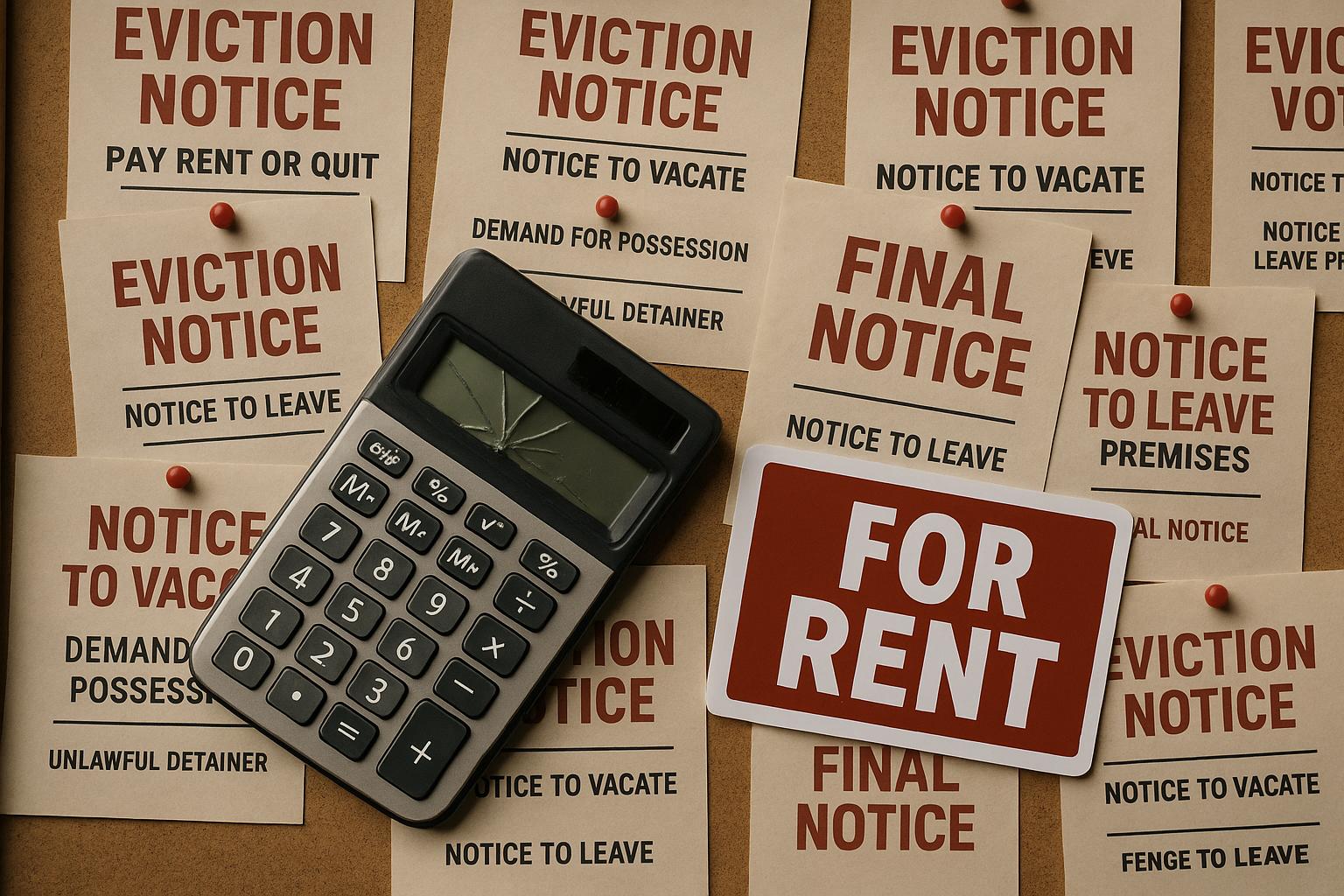Rapid rent increases combined with a freeze on housing benefits are creating a widening affordability gap for low-income renters in the UK, pushing many closer to financial crisis, a new report warns. According to the Resolution Foundation, the disparity between Local Housing Allowance (LHA) rates—the standard housing benefit payment—and average local rental prices is set to reach a record 17% by next year. This translates to an average shortfall of £104 per month, or over £1,200 annually, forcing households to grapple with rising debt or risk homelessness. Without government intervention, this gap is forecast to swell to 25% by 2029-2030, with an average monthly shortfall rising to £180.
LHA rates, which inform how much funding the Department for Work and Pensions allocates to councils for housing benefits, have been frozen by the Labour government until at least 2026, after a brief planned increase in April 2024. This freeze constrains payments to cover the cheapest 30% of properties in each local area. The previous Conservative administration’s one-off increase tied support to private rent levels as of September 2023, a period during which rents have already soared by 14%. Unlike many other benefits adjusted annually for inflation, housing benefit has only been readjusted twice in the last decade, in 2020 and 2024.
This disconnect is most pronounced in London, where the average shortfall reaches £350 per month in areas like Hackney. Yet no region in England escapes the crisis; even outside the capital, every local authority has an average gap exceeding £100. The consequences are severe: the number of children in temporary accommodation has hit record levels, with 172,420 reported as of June this year. Councils face a spiralling financial burden managing these cases, with temporary accommodation costs doubling over the past decade to £2.8 billion annually.
Financial pressures on councils are also significant, as the Local Government Association highlights that frozen LHA rates have cost councils over £700 million in unrecoverable expenses in recent years, threatening their ability to tackle homelessness effectively. These findings echo warnings from housing charities like Crisis, which urge ministers to unfreeze housing benefits in the upcoming Budget to prevent further hardship for struggling families. Francesca Albanese, executive director of policy and social change at Crisis, argues that continuing the freeze risks pushing more families into homelessness and illness due to unaffordable rents.
Further research from the Joseph Rowntree Foundation projects that if the freeze persists, private renters relying on housing benefits will be £243 worse off next year, rising to £703 less by the end of the current parliament. This will exacerbate poverty among those renting privately and increase reliance on emergency housing support.
Charities and organisations such as the Sefton Supported Housing Group warn that the freeze has made just 2.5% of private rented homes affordable to housing benefit recipients, forcing many into rent arrears or homelessness. The National Residential Landlords Association also voices concerns that frozen benefit rates fail to keep pace with market rents, worsening financial strain on vulnerable renters.
The Resolution Foundation estimates that it would cost £2.5 billion to unfreeze LHA rates, suggesting the current freeze is ultimately a false economy by saving the government money in the short term but worsening living standards and pressures on councils. Hannah Aldridge, senior research and policy analyst at the think tank, stresses the urgency of relinking housing support to actual rental costs to prevent further damage to low-income families.
In response, a government spokesperson reiterated commitments to tackle the housing shortage through plans to build 1.5 million new homes and the largest boost to social and affordable housing in a generation. The government also highlights measures to uprate other benefits, make Universal Credit deductions fairer, and support people into secure employment as part of a broader plan to alleviate poverty. However, critics remain sceptical that these longer-term measures adequately address the immediate and growing shortfall between housing benefit and rising rents, which continues to leave many renters facing tenancy insecurity and financial hardship.
📌 Reference Map:
- Paragraph 1 – [1] (The Independent), [2] (Resolution Foundation)
- Paragraph 2 – [1] (The Independent), [3] (Gov.uk)
- Paragraph 3 – [1] (The Independent)
- Paragraph 4 – [1] (The Independent), [4] (Local Government Association)
- Paragraph 5 – [1] (The Independent), [6] (Sefton Supported Housing), [5] (Joseph Rowntree Foundation)
- Paragraph 6 – [6] (Sefton Supported Housing), [7] (NRLA)
- Paragraph 7 – [2] (Resolution Foundation)
- Paragraph 8 – [1] (The Independent)
Source: Noah Wire Services
